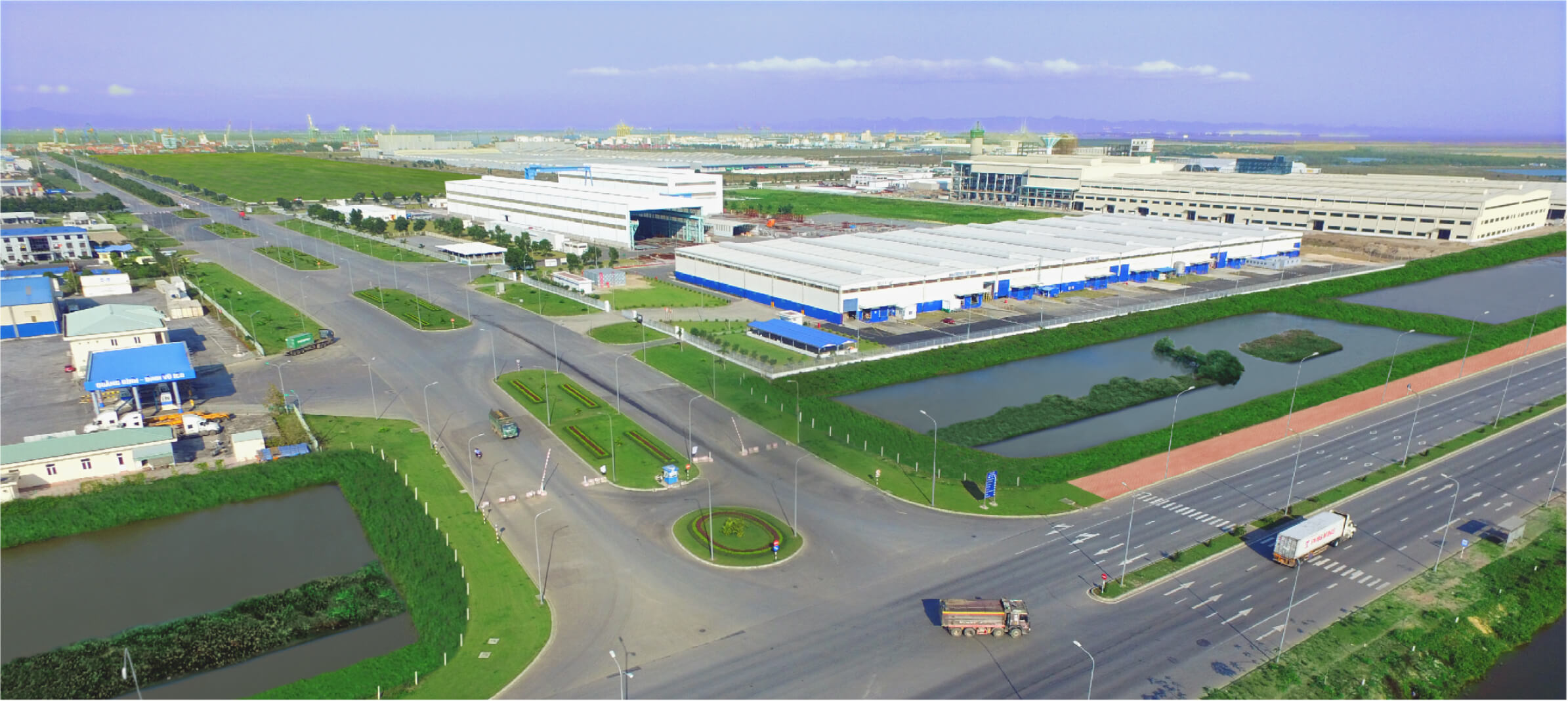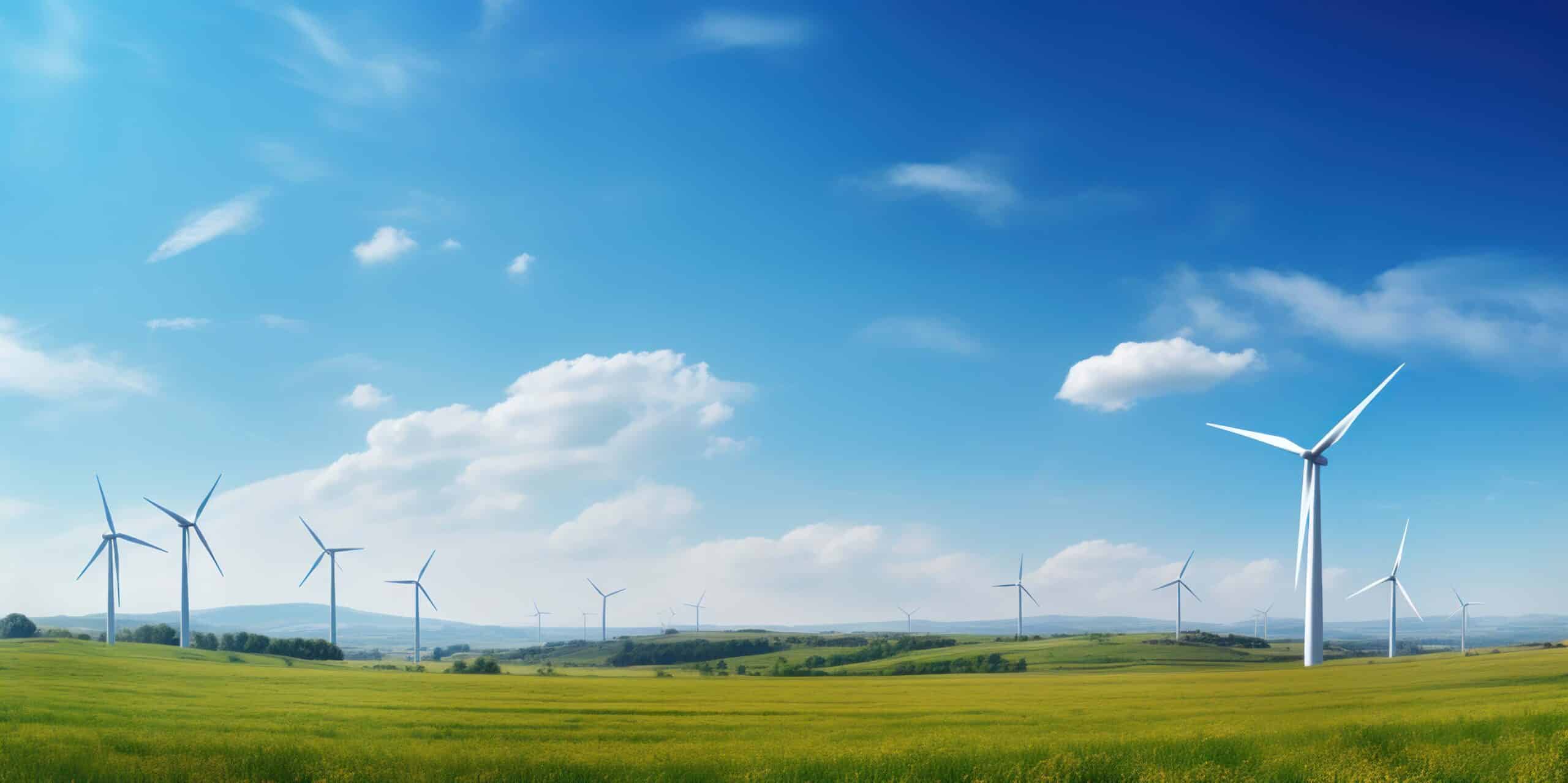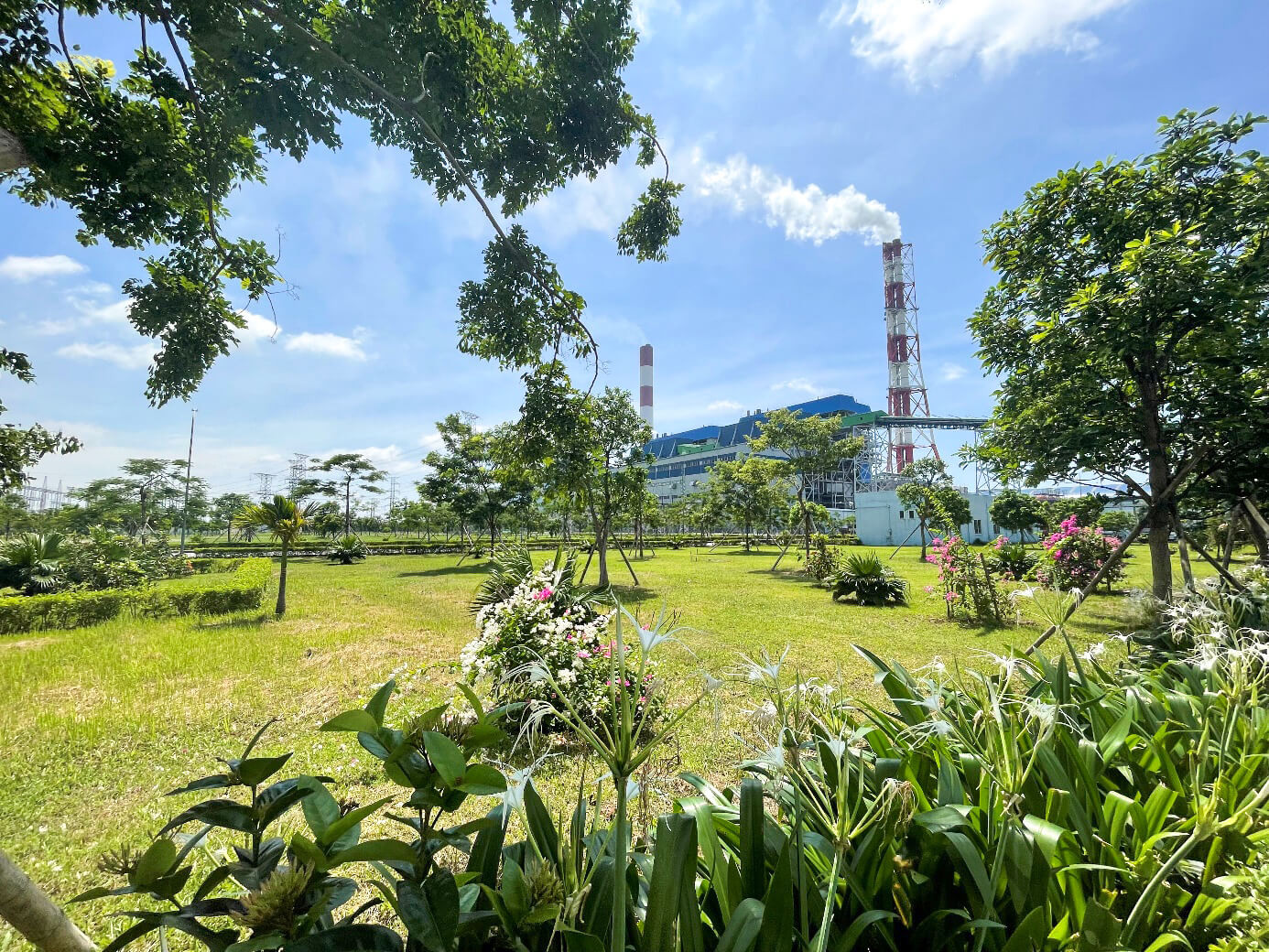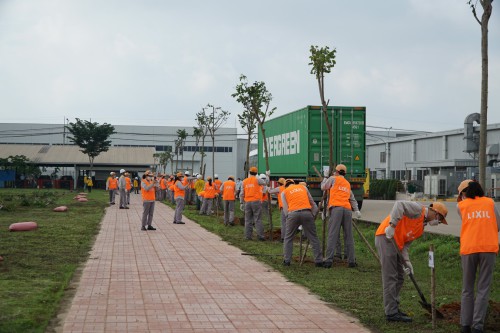Green Industrial Parks are emerging as a significant sustainable development trend for the period of 2025 – 2030, as the government sets goals for environmental protection and aims to achieve net-zero emissions by 2050.
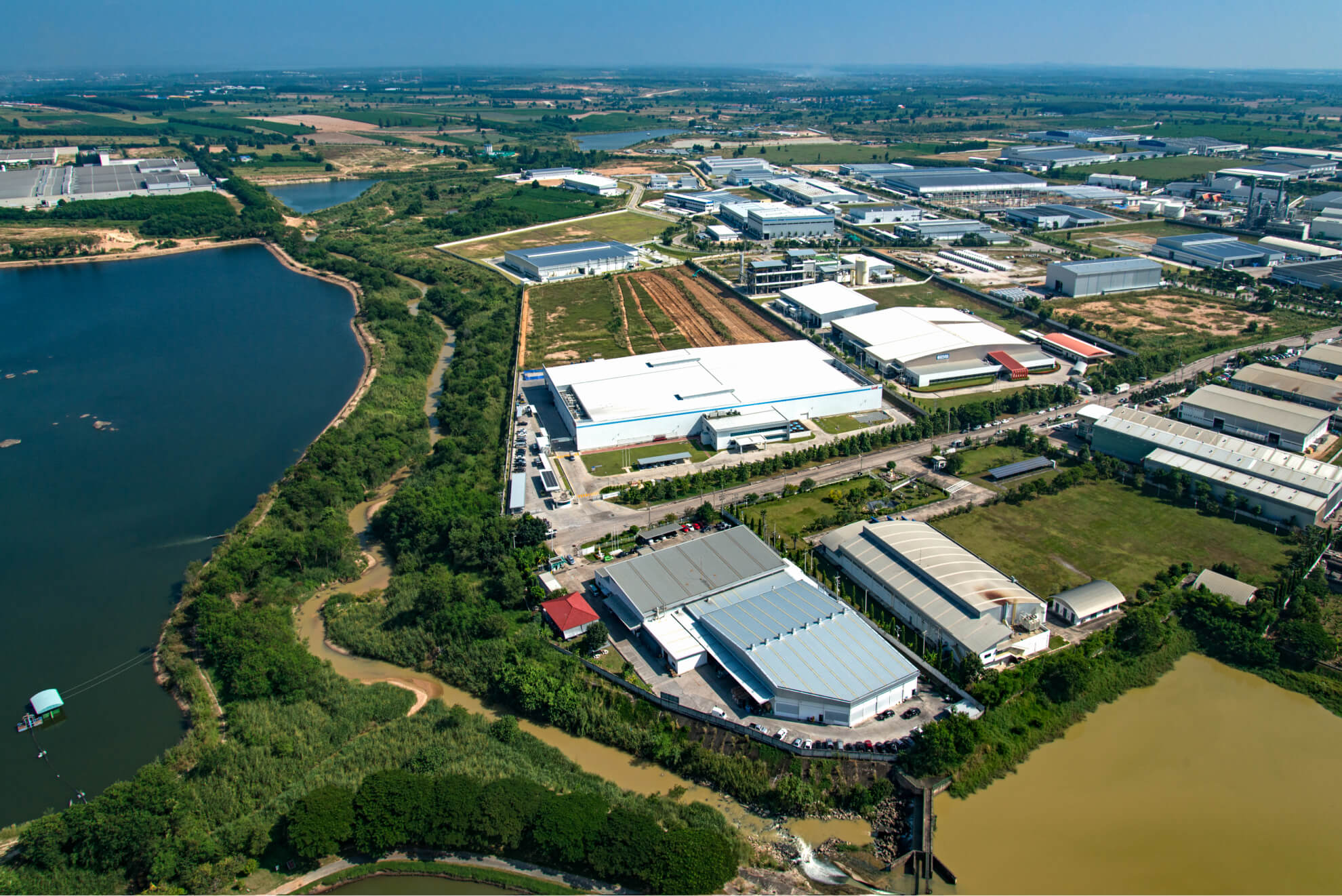
The green development model is not only a response to urgent environmental demands but also a strategic step to enhance the competitiveness of businesses in the context of globalization. This article will provide you with a comprehensive view of Green Industrial Parks, from basic concepts to the standards for evaluating these parks, helping readers gain a deeper understanding of the trend shaping the future of industrial development in Vietnam.
What is the concept of a Green Industrial Park?
A Green Industrial Park is a model of industrial park designed and operated with the goal of minimizing negative environmental impacts, conserving energy and resources, while creating a safe and friendly working environment for employees.
Green Industrial Parks utilize advanced technologies, renewable energy, minimize greenhouse gas emissions, and manage waste efficiently. This model also encourages cooperation between businesses in resource reuse, infrastructure sharing, and implementing industrial symbiosis solutions aimed at sustainable development.
he goals and development directions of Green Industrial Parks (GIPs) are quite similar to those of Ecological Industrial Parks (EIPs) in that both aim to protect the environment. However, the main difference between GIPs and EIPs is that GIPs emphasize the design and construction of infrastructure from the very beginning, with a priority on integrating green spaces throughout the industrial area. This not only creates a friendly working environment but also ensures that sustainability factors are considered and implemented from the start of the project.
Read more: Invest in developing green industrial zones
Goals and Development Directions of Green Industrial Parks
Green Industrial Parks are developed primarily to minimize negative environmental impacts during industrial operations. The main goals of GIPs are to build and operate industrial parks sustainably, reduce greenhouse gas emissions, conserve energy and resources, and optimize waste management. By applying clean technologies and energy-saving solutions, GIPs not only contribute to environmental protection but also enhance the health and living conditions of surrounding communities. This aligns with the government's long-term goal of achieving net-zero emissions by 2050 and supports the green transition in the economy.
The development direction of GIPs focuses on integrating green factors into every stage of the design and construction of the industrial park. From selecting sustainable building materials to establishing effective waste and energy management systems, all activities in GIPs are carried out with a focus on environmental considerations. Green Industrial Parks also aim to create green spaces and a friendly working community, with green areas and parks to improve air quality and provide better working conditions. This direction not only supports sustainable development but also helps businesses enhance their competitiveness and build a positive brand image in a context increasingly focused on global environmental protection.
Trends in Building "Green" Industrial Parks to Attract Investment
Building "green" industrial parks has become a prominent trend in current investment attraction strategies, especially from international investors and green investment funds. Green industrial parks, with their environmental protection and sustainable development standards, are increasingly capturing the interest of investors due to the clear benefits they offer. These parks not only help minimize negative environmental impacts but also create a healthy and attractive working environment, which is particularly important as more businesses and investors prioritize environmental factors in their investment decisions.
By applying green technologies and energy-saving solutions, green industrial parks have the potential to reduce operating costs and enhance production efficiency. This creates an appealing investment environment with a significant competitive advantage. Furthermore, constructing green industrial parks helps businesses meet international environmental standards, thus expanding opportunities for cooperation and securing international contracts. Investors are also encouraged by government policies offering incentives and support, such as tax reductions or grants, to promote investment in green industrial parks.
Thus, the trend of building green industrial parks is not only a strategic move for environmental protection but also an effective way to attract investment. Green industrial parks not only meet the growing demand for sustainable development but also help businesses and investors optimize profits and enhance brand value in an increasingly environmentally conscious global market.
Current Standards for Evaluating Green Industrial Parks in Vietnam
Green Industrial Parks in Vietnam are increasingly emphasized with the goal of sustainable development and environmental protection. Current standards for GIPs are established to ensure that industrial parks not only meet economic development requirements but also protect public health and the environment.
- Infrastructure Standards:Green industrial parks must be designed and built with environmentally friendly infrastructure. This includes using sustainable building materials, designing efficient drainage systems, and integrating energy-saving solutions such as LED lighting and solar energy.
- Waste Management:GIPs are required to implement effective waste management measures, including waste segregation, collection, and treatment according to environmental standards. Businesses within the park must also adopt recycling and resource reuse solutions.
- Emission Reduction:Standards for reducing greenhouse gas emissions and other pollutants are crucial. Green industrial parks must implement measures to minimize emissions from production activities, use clean technologies, and improve production processes.
- Green Spaces:GIPs require the integration of green spaces into the industrial area design. This includes creating green areas, parks, and ecological buffer zones to improve air quality and provide a more pleasant working environment.
- Energy Standards:Green industrial parks must adhere to energy-saving standards and use renewable energy. This includes adopting advanced technologies to reduce energy consumption and optimize energy performance.
- Occupational Health and Safety:GIPs also set high standards for occupational health and safety, ensuring a safe, clean working environment that protects worker health.
These standards not only help industrial parks minimize negative environmental impacts but also contribute to creating a sustainable development model, improving community quality of life, and enhancing business operations.
Conclusion
Green Industrial Parks are asserting their crucial role in Vietnam’s sustainable development strategy for the 2025 – 2030 period. With the goal of minimizing environmental impact and achieving net-zero emissions by 2050, the green industrial park model not only addresses urgent environmental protection needs but also creates a safe and attractive working environment. The development direction of GIPs, with a focus on integrating green spaces and applying advanced technologies, is opening up significant opportunities for businesses and investors.
The trend of building green industrial parks not only enhances business competitiveness but also attracts investment from international investors, thanks to environmental protection advantages and potential cost reductions. Government incentives and support also facilitate the development of green industrial parks. By adhering to strict standards for infrastructure, waste management, emission reduction, green spaces, and energy efficiency, green industrial parks not only promote sustainable development but also improve quality of life and business efficiency.
